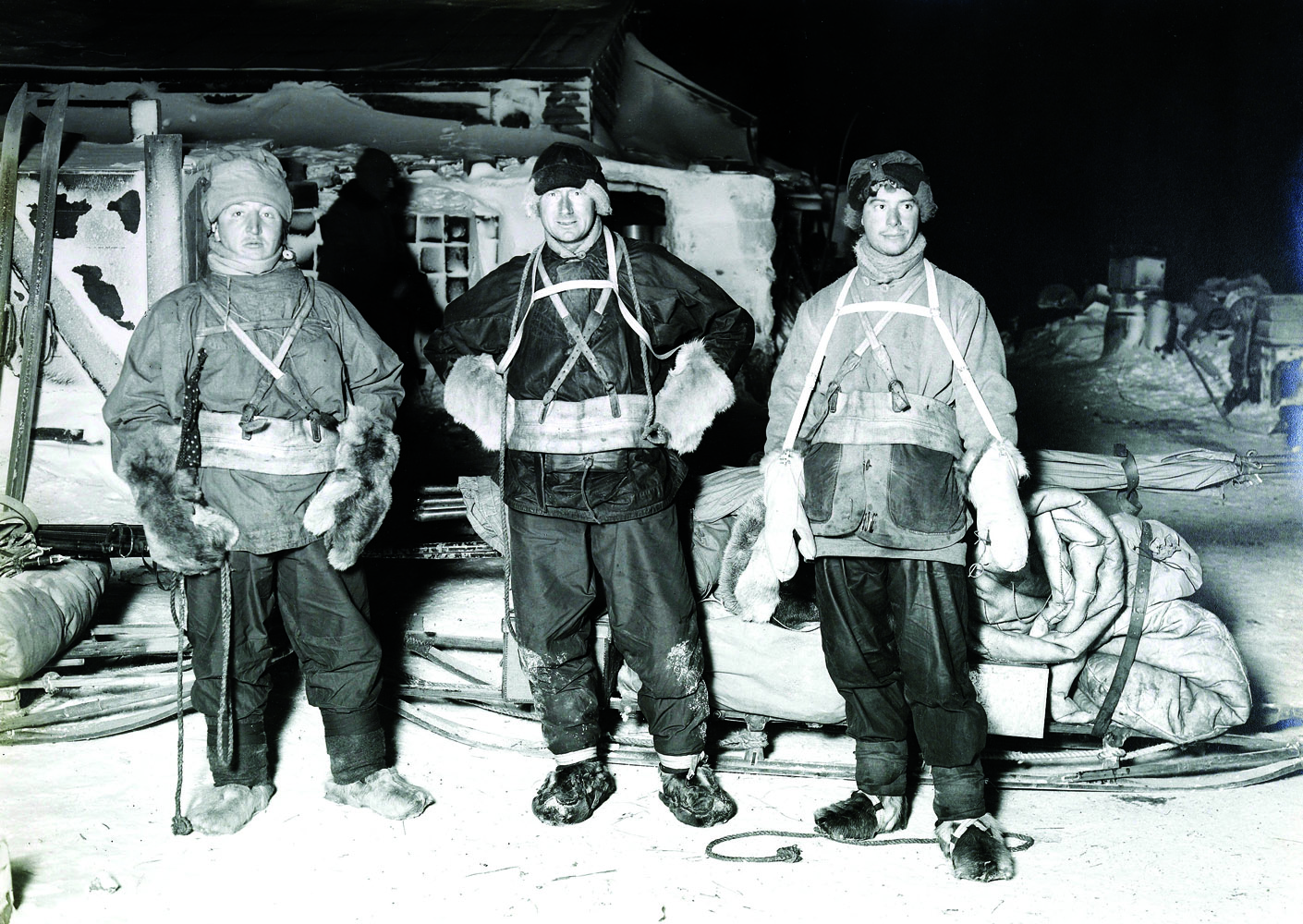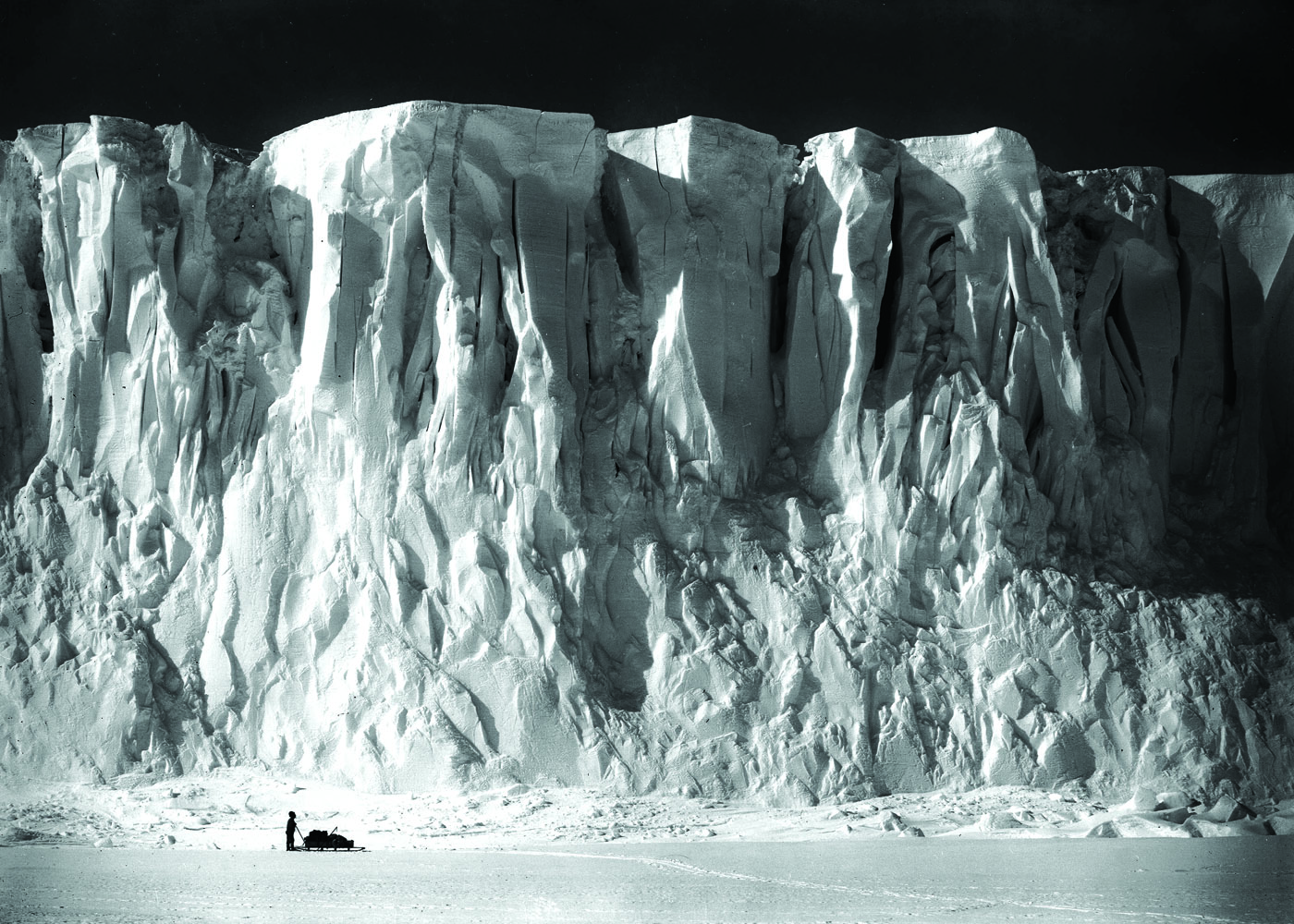Recently, I bought a copy of The Worst Journey in the World. This recount of Robert Falcon Scott’s doomed attempt to be the first to the South Pole, written by trip member Apsley Cherry-Garrard, is widely lauded as one of the best adventure tales of all time. Over a few rainy days, I read it front to back.
The South Pole was like the moon of the early 20th century. You could rightly think the ‘worst journey’ of the title refers to Scott’s well-known attempt to reach it first. Because, his journey was indeed a bad one (skip to the last two paragraphs to avoid spoilers). From the moment the ship of Englishmen left port, conditions and happenstance blighted them at every turn. After a year of setting up depots, a team set out; five attempted the final run for the Pole, only to find the Norwegians had beaten them to the punch. And then those five died on the way back.
But the ‘worst journey’ arguably refers to one of the scientific sidetrips made by Cherry-Garrard himself, earlier, with his friends Wilson and Bowers, who were both to die on the return from the Pole. The three set out to Cape Crozier to gather Emperor Penguin eggs, with the aim of determining the evolutionary relationship between birds and lizards.




Both images taken by trip photographer, Herbert Ponting.
Because of the birds’ breeding habits, the three intrepid hikers were forced to set out in winter. They slogged onward in 24 hour darkness, over undulating, sand-like snowfields cut through with crevasses. Temperatures dropped to –55°C and drawn-out blizzards harassed them. When they arrived, they were so physically destroyed, and aware of their dwindling resources, that they gathered just three eggs. British scientists, receiving these eggs years later, barely paid them any attention. In Apsley’s words: “If you march your Winter Journeys you will have your reward, so long as all you want is a penguin’s egg.”
The horror of these experiences is the main takeaway. But at the same time this book makes me feel awfully lame for not wanting to head out on a ‘freezing’ weekend, when the temp is actually positive five degrees. It makes me want to strap on snowshoes, or a rain-jacket, and venture out into the elements. I presume inspiring people into the outdoors was not the book’s intention, but there you go.
Of course, Australian conditions can be dangerous. But I can barely say danger holds me back on a rainy, chilly day. Maybe we should all ask, if Apsley Cherry-Garrard could go out in minus 55 degrees, can I go out in zero? But then, I suppose there is also the question of whether after a point the cold and wet saps the enjoyment out of the outdoors. Is it worth it, if you are going to suffer the whole time? Or does that just add to the experience, and make your achievements more hard-earned? If only I had the answers.





